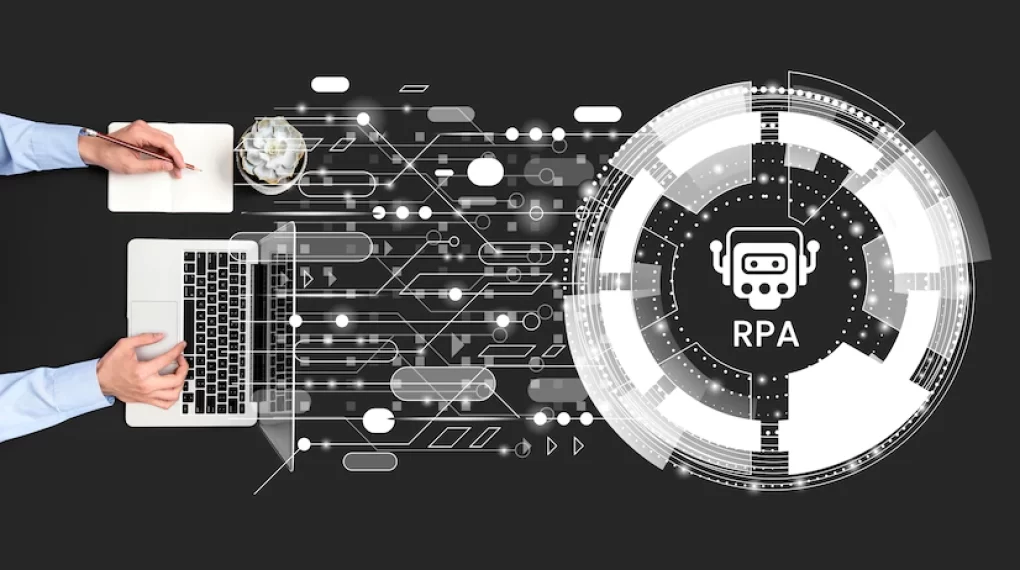
The little-known truth is that the real world is fundamentally unpredictable, just like a human can never predict the future. Unpredictability is becoming useful for market trends because it forces many industries and businesses, such as manufacturing, healthcare, automotive, and industrial sectors, to use technologies to make their future plans more foreseeable. Hence, they make use of Digital Twin Technology.
Digital twin technology has allowed organizations to predict real-world data through measurements and performance analysis. A digital twin is a virtual representation of any service, physical object, or process
Digital Twin Defined

A digital twin is a computer software or program that makes simulations to predict how certain products or services could become profitable in the market through analyzing real-world data.
Three elements make up a digital twin. These elements are:
- a real-world entity in an object, process, or service;
- virtual representation in software form; and
- data that connects the real-world entity and the virtual representation.
Dr Michael Grieves, a consultant, was the first to introduce the “digital twin” concept in 2002. According to Dr. Grieves, the idea of digital twin technology in today’s world is still being conceptualized.
Digital twin or digital representation is always unique and is updated from real-time data. Digital twins are useful in a wide range of applications. Most people will feel the benefits of digital twin technology through the improvements in the software programs they use.
The aerospace industry first utilized this advanced technology for its space missions. The digital twin also covers other aspects of technology, such as Artificial Intelligence (AI), the Internet of Things (IoT), and software analytics.
Types of Digital Twins

Four basic and common types of digital twins exist at present—Component twins, Asset twins, System twins, and Process twins.
Component twins
Component twins, also called part twins, are the basic type of digital twin. A real-world object’s smallest, specific, yet functional part is made into component twins. This digital part can become a stand-alone virtual object that engineers can study and manipulate.
Asset twins
Asset twins also referred to as product twins, are a collection of two or more components interacting in the digital twin. When the assets are collated, they create the entirety of the physical object’s virtual counterpart.
Businesses using asset twins can make more predictable connections to implement marketing plans and selling strategies.
System twins
You can develop a system or unit twins when you collect two or more asset twins. In a system twin, you may see the digital representation of the physical object or process with all its connecting parts executing a specific function.
Any business can gather more coherent performance data with a fully functioning system. A digital simulation of the factory’s production line is a good example of system twins. With system twins, you can create a complete unit.
Process twins
The process twins consist of all the digital twins combined. Through utilizing process twins, businesses can look at the entirety of their product or service in a virtual space.
Process twins create a digital representation of the components, assets, and units as complete systems working together to achieve a larger goal. Process twins can assess the functionality and overall effectiveness in the digital environment.
Real-World Examples of Digital Twins

There are several industries have come to embrace digital twin technology. Digital twins are extensively used in different applications to build virtual models of their real-world systems.
You can find an example of a digital twin application in the automotive industry. Today, many brand-new vehicles are equipped with telemetry sensors. These sensors gather data from the vehicle and send it to the digital twin program installed in the vehicle’s dashboard. This feature helps identify distractions on the road. For example, drivers can easily detect whether they are about to hit another car or whether they have a flat tire.
Healthcare is another sector benefitting from digital twin technology. The application of digital twins in the healthcare sector is helping make treatments more effective. Machines attached to patients have sensors to collect real-life data that alert healthcare providers of the patient’s current medical condition. Digital twin technology has also proven to be helpful in surgical training as well as organ donation.
The field of disaster management has also shown that using digital twins is crucial. Climate change is still a growing concern worldwide, and digital twin technology helps navigate the climate crisis. It has made monitoring weather changes, rescue operations, and construction of better infrastructure more reliable and productive.
The Future of Digital Twins

Digital twin technology is still in its conceptualization stage and is being utilized across many sectors. The use of digital twins helps businesses and other industries plan and think ahead.
Many developers and experts are paving the way for digital twins to be more accessible to the majority at an affordable rate. They are hoping that this type of technology becomes part of every person’s life to make living better and less complicated.
Conclusion
Digital Twin is a virtual representation or a software program designed to simulate and predict products and services using real-world data. Several industries are using it, such as healthcare, telecommunications, and manufacturing.
Experts see this technology to be a great advantage in driving digitalization not only for businesses but also for everyday living.
Additional:






